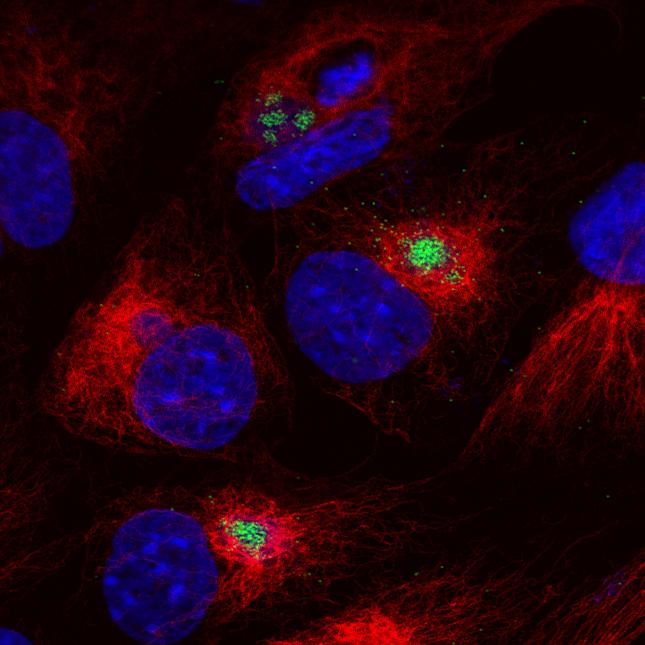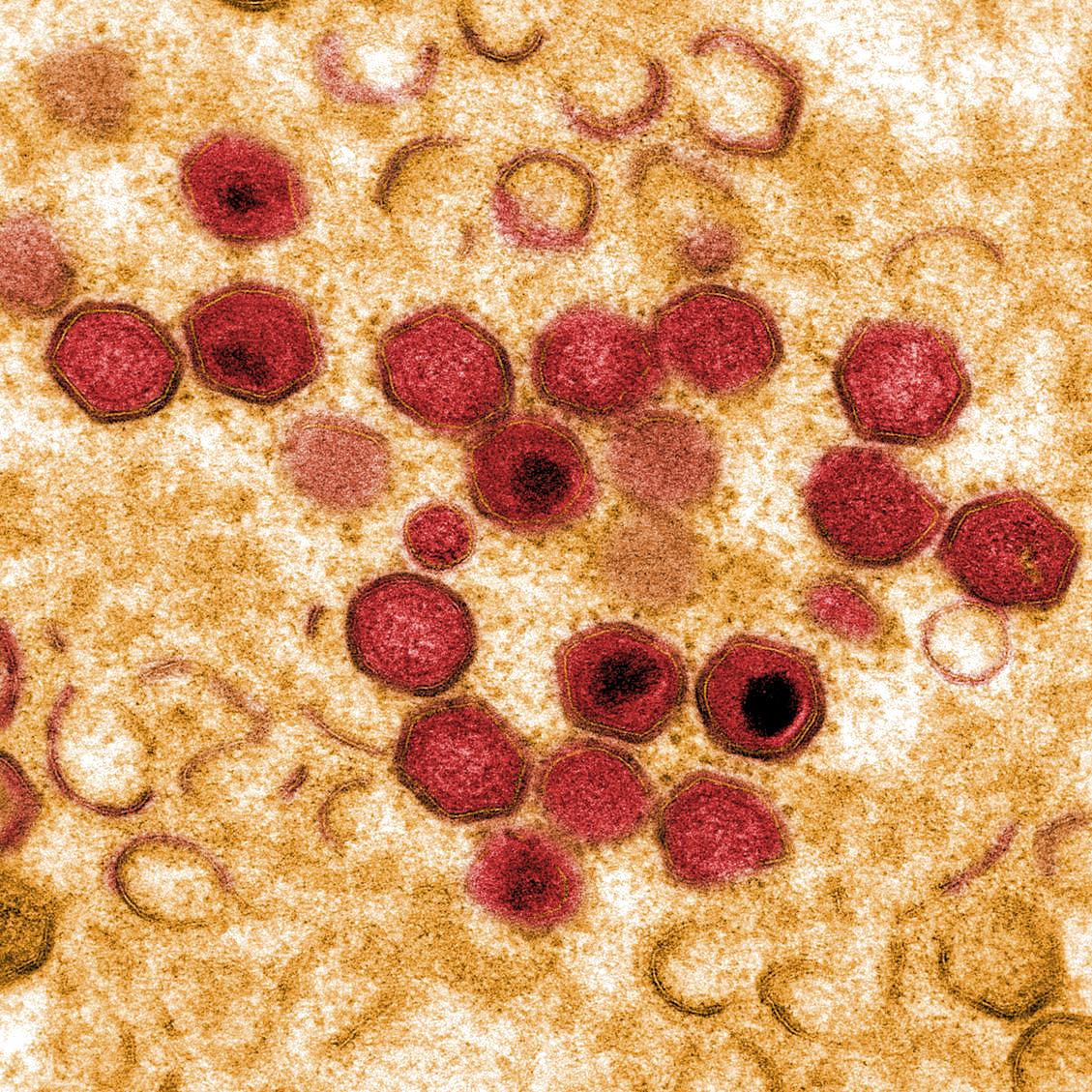The genetics of life and death: virus-host interactions underpinning resistance to African swine fever, a viral haemorrhagic disease
Pathogen transmission from wildlife hosts to genetically distinct species is a major driver of disease emergence. African swine fever virus (ASFV) persists in sub-Saharan Africa through a sylvatic cycle between warthogs and soft ticks that infest their burrows. The virus does not cause disease in these animals, however transmission of the virus to domestic pigs or wild boar causes a hemorrhagic fever that is invariably fatal. ASFV transmits readily between domestic pigs and causes economic hardship in areas where it is endemic. The virus is also a significant transboundary pathogen that has become established in Eastern Europe, and has recently appeared in China increasing the risk of an introduction of the disease to other pig producing centers. Although a DNA genome mitigates against rapid adaptation of the virus to new hosts, extended epidemics of African swine fever (ASF) can lead to the emergence of viruses with reduced virulence. Attenuation in the field leads to large deletions of genetic material encoding genes involved in modulating host immune responses. Therefore resistance to disease and tolerance of ASFV replication can be dependent on both virus and host factors. Here we describe the different virus-host interfaces and discuss progress toward understanding the genetic determinants of disease outcome after infection with ASFV.

